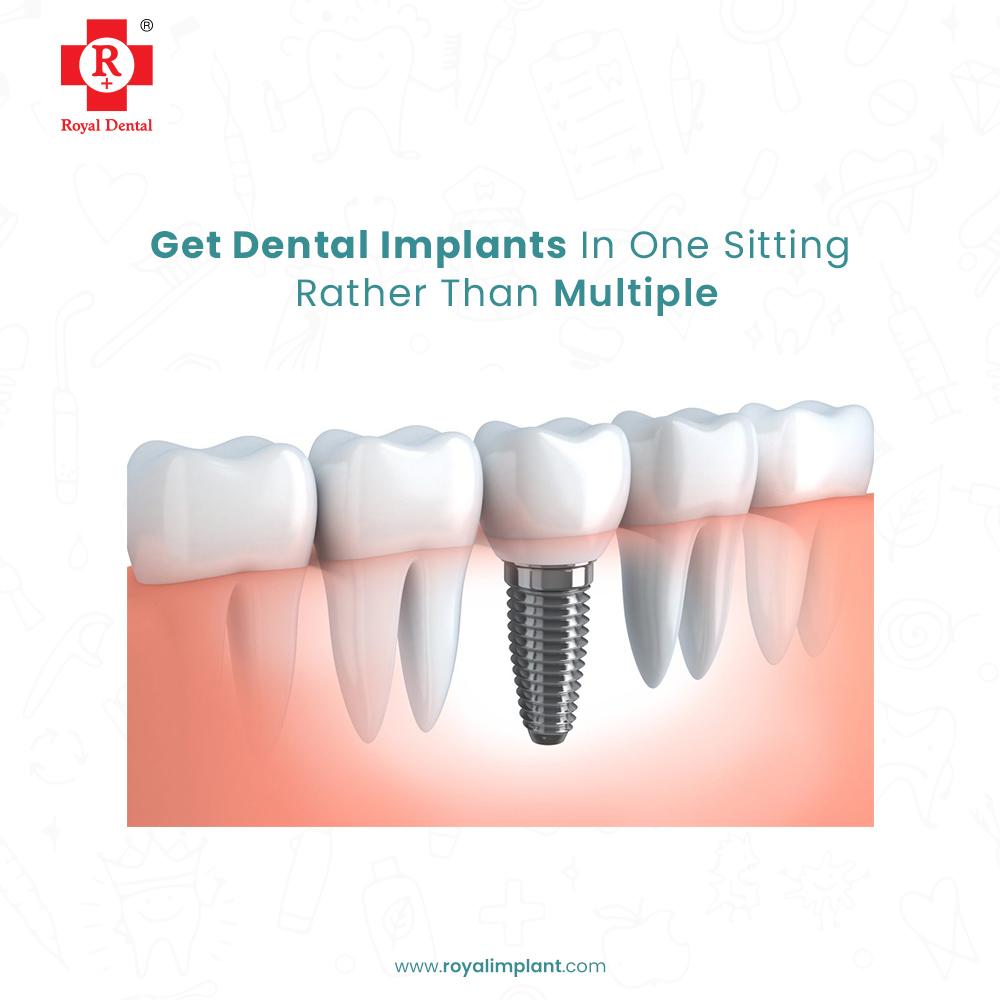When you have a tooth that’s missing, your facial structure changes. The jawline looks different and the way your other teeth come together changes as well. This can cause problems with biting, chewing, speaking and other everyday activities. You may be thinking about getting a dental implant to replace the missing tooth. There are several benefits to having dental implants instead of dentures or another solution such as a bridge. Implant-supported replacement teeth are either single-root or multiple-root (there are three types). The type that’s right for you depends on your needs and desires. Here is some information to help you decide which type of implant denture is best for you and what considerations need to be made when choosing among them.
How are single and multiple root implants different?
Single-root dental implants are used for a single tooth replacement. They are placed in the bone and connected to a single post that is used for the tooth replacement. Single-root implants are sometimes referred to as endosteal implants because they are placed into the endosteum of the bone. This is the innermost layer of bone (not the marrow). Multiple-root implants are used when you have one or more missing teeth.
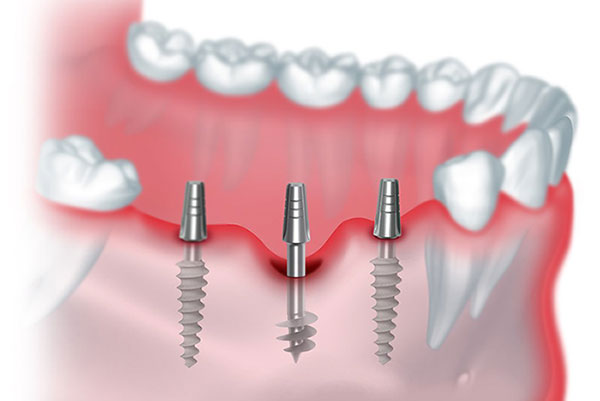
They are placed in the bone next to existing teeth and connected to posts that are used for the tooth replacement. Unlike single-root implants, multiple-root implants go into both the endosteum and the medullary bone. This is the layer of bone that contains the marrow.
Pros and Cons of single-root implants
There are fewer posts to the visible part of the implant. This may give you a more attractive smile. Single-root implants are generally more stable than multiple-root implants. They don’t have posts that go into the jawbone next to teeth, so there’s no risk of loosening. Single-root implants can be used for front and back teeth.
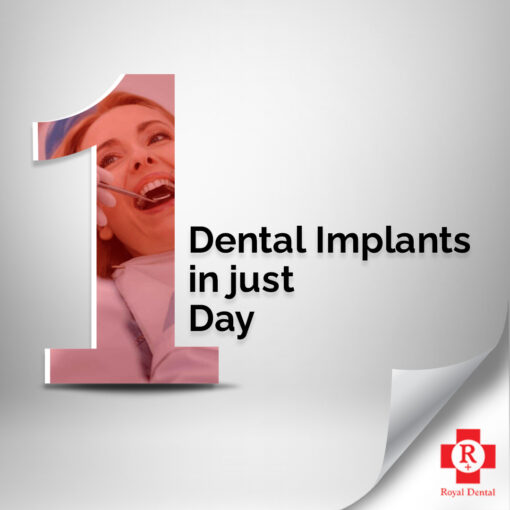
The single post in the jaw can cause more discomfort during the healing process. For single-root implants that replace front teeth, a retainer may be needed to prevent shifting and movement. Single-root implants may cause more problems for people with diabetes.
Pros and Cons of multiple-root implants
Generally, these are easier to implant than single-root implants. Less drilling is required to get them into the bone. This may result in less pain and swelling and a shorter healing time. The posts for the replacement teeth may be shorter than for single-root implants. This can result in a more natural appearance for the implant-supported teeth.
These are generally less stable than single-root implants. They can loosen, which can require further surgery. Multiple-root implants that are used to replace molars can result in a noticeably bulky and unattractive appearance.
What to remember
Dental implants are artificial tooth roots. The implant is placed into the jawbone and is used to secure a replacement tooth or bridge. The replacement tooth or bridge is connected to the implant post with a “abutment”. The implant post and the abutment are usually made of titanium. Single-root implants are used for single tooth replacement. They are placed in the endosteum of the bone and connected to a single post. Multiple-root implants are used when you have one or more missing teeth.
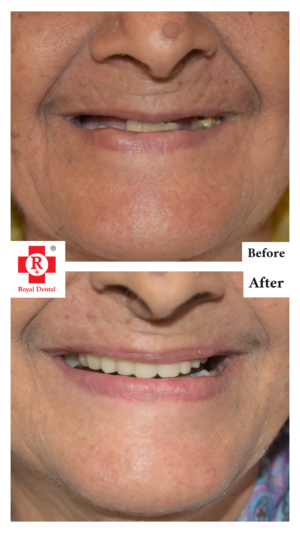
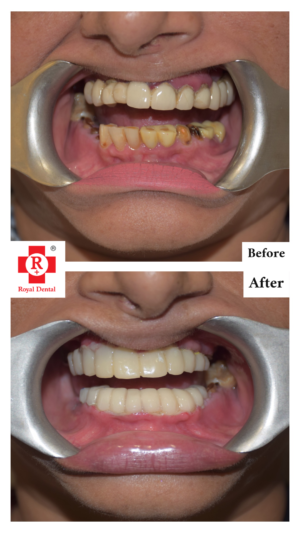
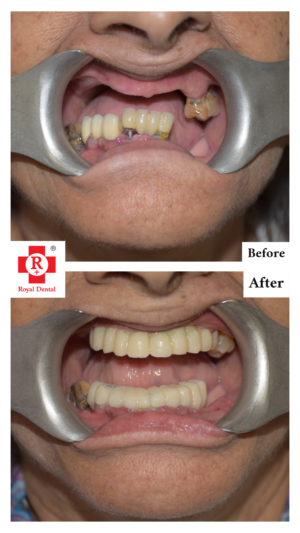
Multiple teeth in one implant?
Depending upon the condition of the person’s gums and jawbone, a single implant can sometimes be placed to support two adjacent teeth. More commonly, multiple implants are used to anchor fixed bridges or removable partials. And multiple teeth (2-3) can be placed on a single implant.
Multiple tooth implants provide several advantages over fixed bridges and removable partial dentures. In addition to looking and functioning like natural teeth, multiple tooth dental implants replace teeth without support from adjacent natural teeth.
How many dental implants can you get at once?
The answer really is that you can have as many implants as you have teeth that need to be replaced. However, each patient has individual needs and Dr Chirag Chamria makes a professional decision regarding the most appropriate dental care for your oral health.
They are placed in the endosteum and the medullary bone and connected to posts. If you need an implant, you have a choice between single-root and multiple-root implants. You need to decide which type is best for you. It’s important to be honest with yourself and consider your lifestyle. Once you’ve made your choice, make sure you have a qualified and experienced implant dentist.

